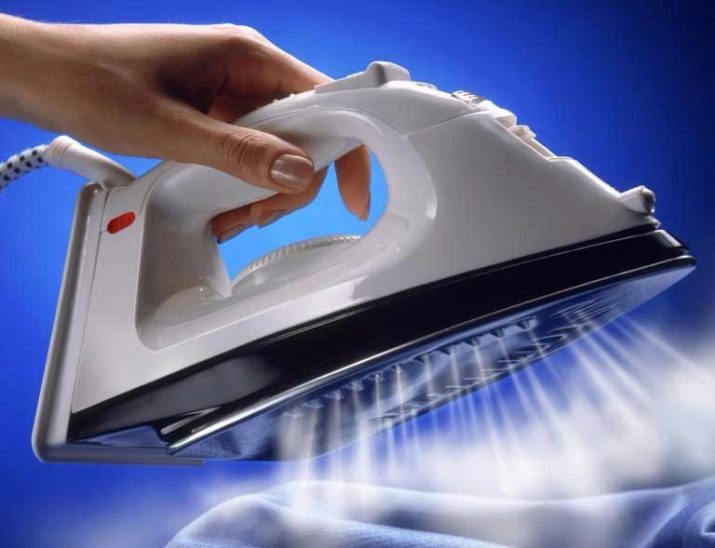What is fabric embossing and how is it done?

Fabric decatting is an important and often overlooked step in the sewing process. Having carried out this simple processing in a timely manner, in the future, shrinkage and deformation of the finished product can be avoided.

What it is?
Decatting of fabric is a process that is carried out before cutting the canvas and, accordingly, sewing, and consists in processing with moisture and heat. In other words, this is a kind of washing, accompanied by ironing, as a result of which the canvas is forced to shrink. As a result, the fibers are stabilized, which means that they will not deform and shrink in the future during operation. For colored fabrics, this wet heat treatment allows the color to be fixed. When decating, it should be borne in mind that some materials during the procedure shrink up to 8 centimeters per meter. Decatting can be carried out in production, and the manufacturer must inform about this on the packaging.
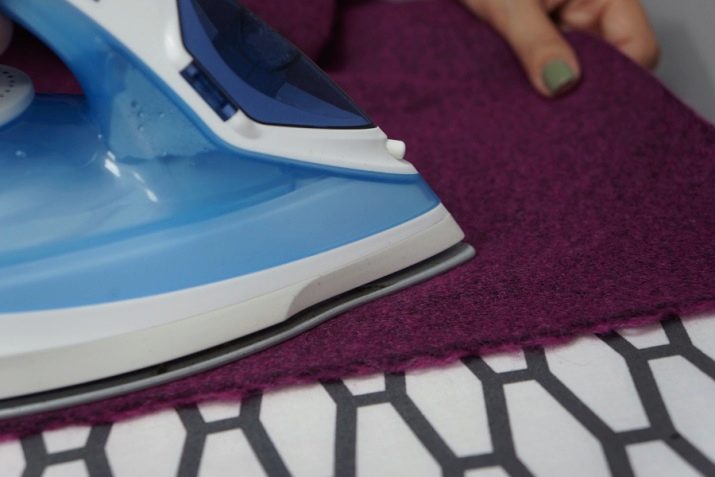
However, it is recommended to decorate even such fabric by yourself. Recommendations for wet heat treatment are selected depending on the composition and properties of the fabric.
Which fabrics need shrinkage?
Always decorate natural fabrics such as cotton, linen, wool and natural silk with varieties such as crepe de Chine. A number of artificial materials - viscose and rayon - are also recommended to be subjected to the procedure. Forced shrinkage will also be required for those mixed variations that include the above materials. These are blends of cotton, linen, silk, knitwear, wool and viscose with synthetic fibers.In principle, the need for decating is determined based on the properties of the canvas: if it shrinks, then you must first seat it yourself.
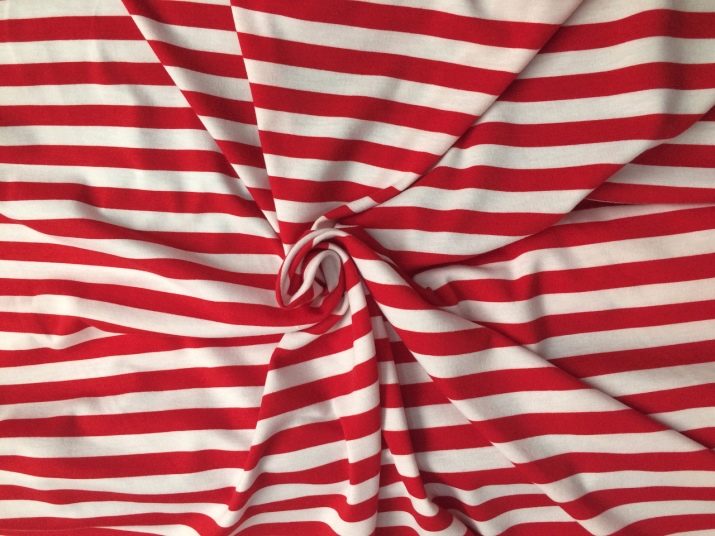
To assess the tendency of an undetectable fabric to this kind of deformation, you will need to cut off a small piece of it, literally 10 by 10 centimeters, wash it, iron it and measure it. Reducing the sides, respectively, indicates a problem. If tested carefully, shrinkage down to the millimeter can be calculated. In the event that there is no possibility of checking the material, you can focus on the general rules.
So, processing is required for fabrics that contain from 50 to 100% natural fibers, products containing elastane, and fabrics with non-standard weaving of fibers, such as boucle.

It will be correct to decorate specimens intended for lining, as well as cushioning materials with any composition. It is recommended to use the damp-heat method to process the denim base, as well as any material for bedding. This procedure clearly does not make sense if the work is carried out with all sorts of synthetics and artificial options.
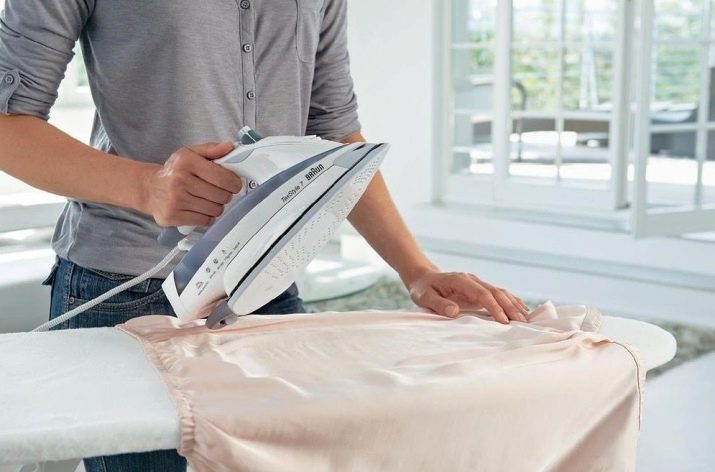
How to decorate materials correctly?
Decatting of fabric at home is performed in several ways, and the specifics of processing different materials can differ significantly. In any case, there are still several universal rules. So, when washing a colored, multi-colored cloth, it is worth adding vinegar to the liquid in the amount of 1 teaspoon per liter of base. This will prevent paint sagging. Iron the product only from the wrong side, guiding the device along the warp threads.
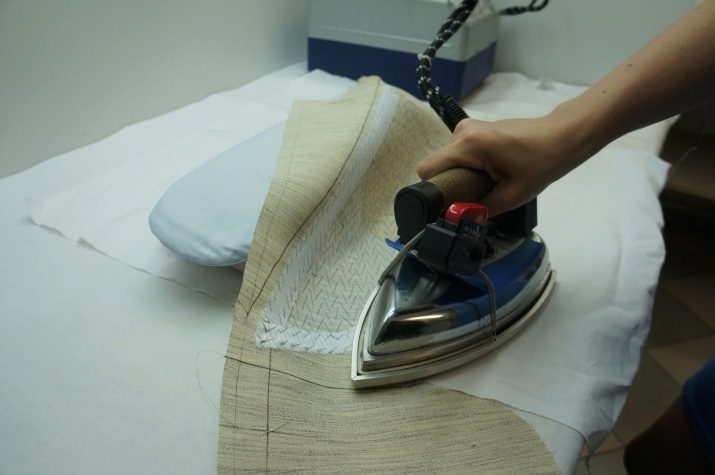
You cannot dry decorated textiles on a rope, but a fold-out dryer, stick or crossbar will do just fine. Another important rule says: if the thing is to be washed in the future, then it is better to carry out both stages of processing: first soak it, and then iron it out. In the event that the finished product will always be handed over to dry cleaning, it will be enough to steam the fabric with an iron before sewing.

The fabric should not be washed if the treatment with a special impregnation is indicated on its label: from static electricity, dirt, wrinkling, etc. In this case, decating is limited to steaming.
The more natural fibers are in the composition, the more powerful the processing should be. One of its stages can be soaking, which lasts from several minutes to hours. The water should be heated to the temperature at which the item will be washed after sewing. It is possible to carry out washing both with detergent and without detergent, depending on the tendency to shedding. Steam is usually used on thick wool-based fabrics.

If the composition of the canvas is unknown, it is worth carrying out the most delicate decating. In this case, the canvas will need to be folded evenly, aligning the edges, and carefully placed between the layers of a damp sheet. In this position, the material should lie all night, and the next day it will have to be carefully stretched, forming right angles, that is, so that the lobar and transverse fibers form a perpendicular. In this state, the fabric is partially dried, after which it is smoothed with a steam iron.
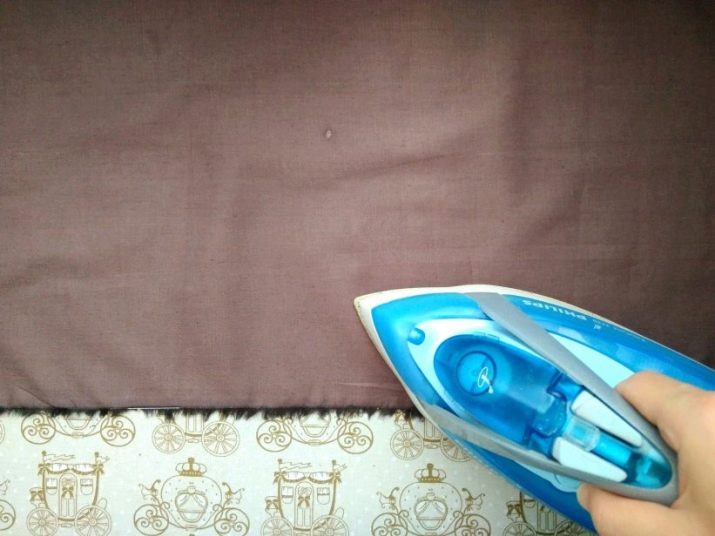
The shrinkage rates of the fabric can be found in the corresponding GOST. Natural materials and those containing elastane are most reduced. Blended fabrics shrink much less, synthetic ones do not do it at all. It should be borne in mind that cotton jersey shrinks in length but stretches in width, and a number of other fabrics are equally deformed in both directions.

Linen and Cotton
It is recommended to first soak linen fabrics in hot water, and then carefully hang them out to dry without twisting or pushing up.When the canvas is slightly dry, but still damp, it can be ironed from the inside out. Cotton, like acetate silk, is soaked in a little warm water for only a few minutes. After a light push-up, it is distributed over a stick or crossbar. We must not forget that cotton samples are prone to shedding, especially in red and green colors. This means that the water should never be hot. The cotton should be ironed while still wet, running the iron along the thread.

A more laborious method of processing linen and cotton fabrics involves preparing a vinegar solution from a tablespoon of essence and a liter of liquid. The cut is rinsed in this mixture, after which it is starch and ironed until completely dry. Another method requires to "shock" the textiles: first immerse them in hot water, and then immediately in cold water. Slightly squeezing the material without creating creases, it will need to be ironed.
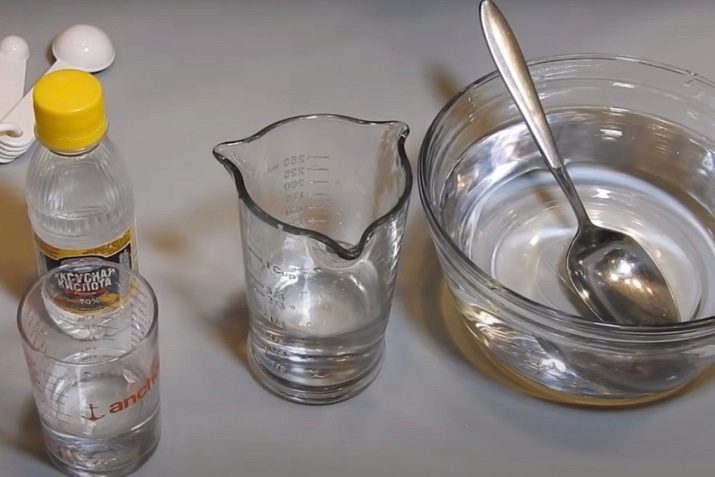
Silk and viscose
It is enough to process natural silk with an iron through a wet iron with a combination of a common thread. In some cases, the material is first soaked in water with a small amount of gelatin, and then ironed without steam. It will be enough for viscose to stay in warm water for about 20 minutes, after which the canvas will have to be dried and ironed in the "Silk" program. Artificial silk can be left in warm water with a little salt added for about a quarter of an hour, and then squeezed out and put into a dry white sheet for 3 hours. Drying of the material is carried out using heat treatment.
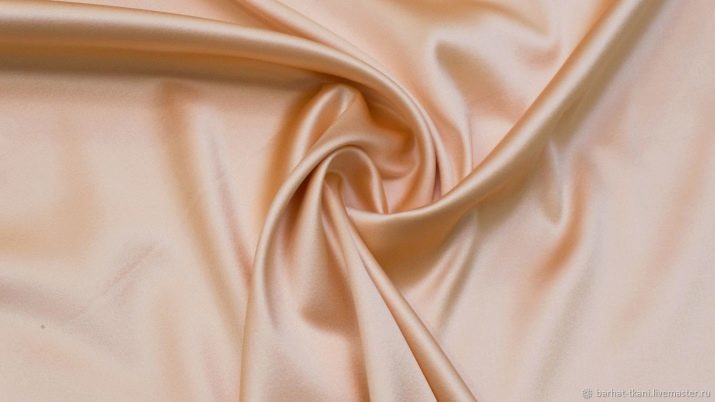
Staple
For decating, the staple is dipped in a heated liquid with the addition of vinegar. The cut is gently squeezed out without twisting and dried in a shaded place. After some time, the product is folded in half and processed with heat along the shared thread. Another method involves soaking in hot water for about 14 hours, light squeezing and drying with a hot iron.
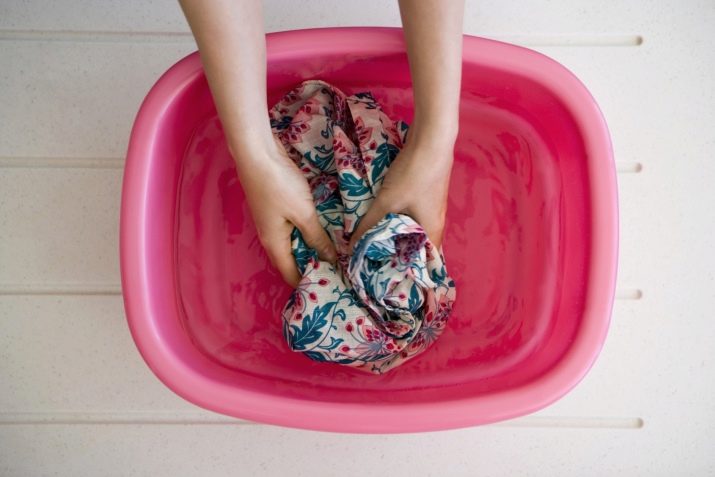
Wool and semi-wool
For woolen and semi-woolen fabrics, prepare a sheet soaked in a mixture of 1 teaspoon of salt, 1 tablespoon of vinegar and 2 liters of heated water. Having wrapped the product in it, you will need to wait about 10-12 hours. At the end of the above period of time, the material is folded in half along the shared thread with the right side inward and worked with an iron through a cotton or linen iron. Another method is to spray the material with a spray bottle, after which it is left to rest for 12 hours. If the wool blend coat contains cashmere, then it will need to be ironed with steam at a low temperature.
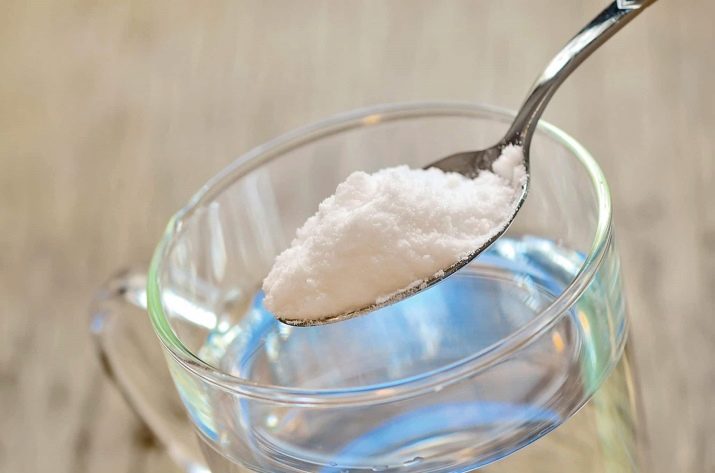
Knitted
The processing of a knitted cut is carried out depending on its composition. Synthetic knitwear does not shrink, and therefore for decating it will be enough to iron it through a damp iron. A footer with a natural composition will need to be dipped in water and dried flat on a horizontal surface.
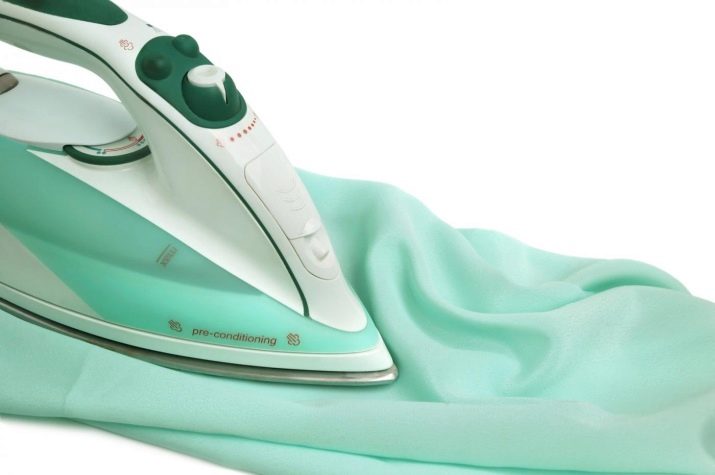
With pile
Artificial fabrics with pile, that is, corduroy, plush, velvet and others, do not require forced shrinkage. However, if the canvas needs to be ironed, then this will need to be done by weight, or by placing the product with a pile on a brush with natural bristles.
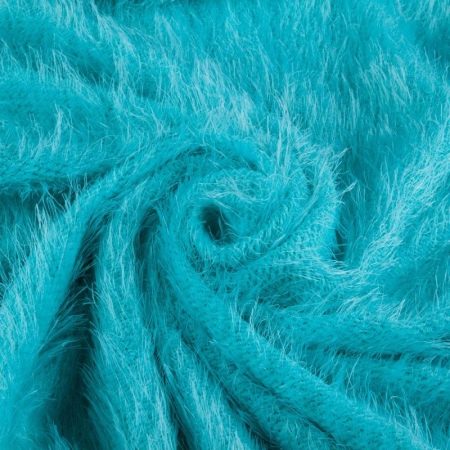
Useful Tips
If forced shrinkage will contain a washing stage, it is recommended to pre-process the sections on the fabric with an overlock seam or on a regular zigzag machine so that they do not crumble during the process. Decatting of wool and semi-wool, as well as silk and staple, will need to be accompanied by cutting the edge, since its reduction will be more significant than in the case of the main canvas.
When the fabric has skewed threads, this defect will need to be eliminated within the framework of wet heat treatment.
